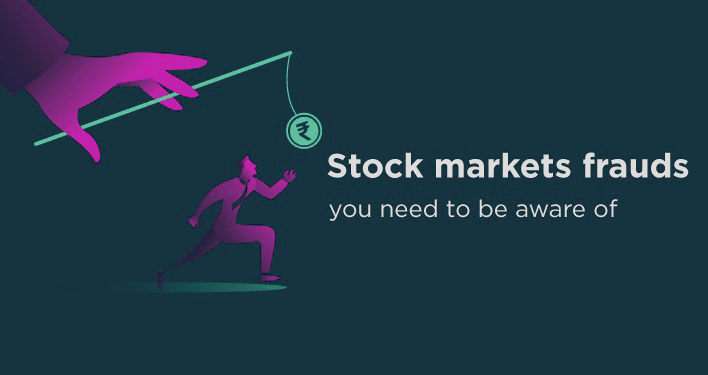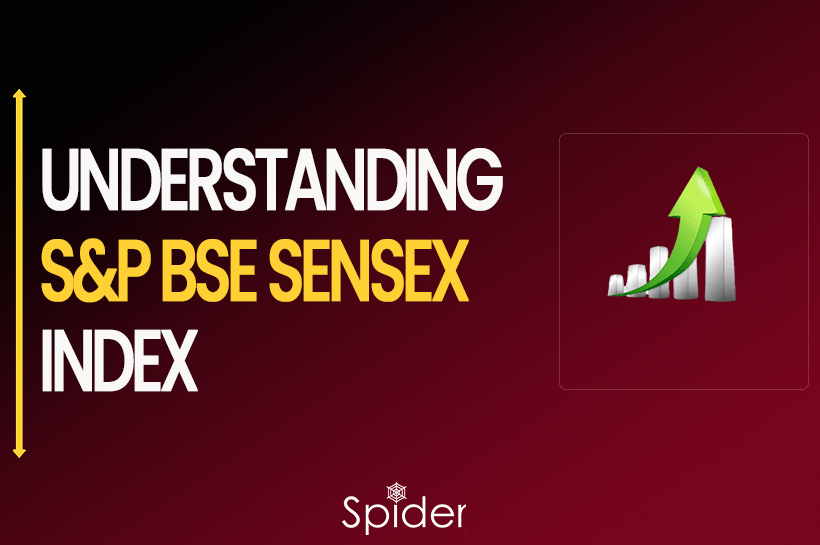Newcomers in the Indian trading market should watch out for scams. Be careful with high-return promises and get-rich-quick schemes. Use caution in trades, set a Stop Loss, and avoid low-liquidity stocks. Don’t share your trading account info, learn stock market basics, and do your research.
The Psychology Behind These Scams

The Indian trading market attracts newcomers but it is also a hotspot for scammers. Staying vigilant is crucial to prevent falling prey to fraud. Explore these tips to shield yourself from potential losses. To remain hidden from scams, one should always stay alert. Some of the tips to follow are:
1. Avoiding High-Risk Schemes:
Be cautious of schemes guaranteeing exceptionally high profits; achieving extraordinary returns is highly unlikely compared to past performance. Avoid advisors who make such promises. Don’t get lured by get-rich-quick schemes often aimed at inexperienced stock market participants.
2. Evaluate Online Stock Market Advisory:
Steer clear of webinars and portfolio management services (PMS) offered by numerous online stock market advisors. Before signing up, ensure you verify their qualifications and track record. Read reviews from previous clients, accessible online. Always remember that the stock market doesn’t assure guaranteed returns, and no one can pledge that. Be aware of the potential risks and make informed choices, if it goes along adequately with the accurate results you get out of it.
3. Understanding Stock Market Risk:
Before acting on any advice, it’s vital to know the risks associated with stock market trading. Always exercise caution and implement a Stop Loss, regardless of the source of advice, to minimize potential losses.
4. Never share your trading account credentials:
Never share your trading account information with anyone, especially when they promise profits. They might manipulate your account for their gains through a technique called circular trading. Be cautious.
5. Enhance Security with Two-Factor Authentication:
Using a PIN or OTP for two-factor authentication adds an extra layer of protection to your account, preventing unauthorized access and unauthorized trades.
6. Boost Your Knowledge:
Before diving into the stock market, educate yourself on the fundamentals, transaction costs, and tax implications. Learn to interpret market behavior, analyze charts, and practice paper trading to gain experience before investing your funds.
7. Avoid Illiquid Stocks:
Steer clear of trading illiquid stocks, particularly based on someone’s recommendation. Illiquid stocks can be manipulated to inflate prices, leaving you with expensive shares that might be difficult to sell. Be cautious in small and microcap stocks with limited liquidity, and conduct thorough research to ensure a smooth exit from such trades.
Bottom Line

Vigilance and awareness are essential for safe trading in the stock market. Rather than relying solely on tips, it’s wise to base your trades on your analysis. Long-term investments in high-quality stocks can lead to profits over time. For intraday trading, ensuring the correct direction and entry point is crucial. Futures and options trading, with their expiry dates, can be more complex.
Online trading provides convenience and financial control, but safeguarding your online trading information is vital. Be cautious about illiquid stocks that may be manipulated, as entering at the wrong time could result in losses. Prioritize quality, highly liquid stocks, and consider starting with the cash segment before venturing into derivatives.
When considering portfolio management schemes and webinars, carefully evaluate their past performance. Keep in mind that the stock market carries inherent risks, so understanding both potential risks and rewards is vital. Past performance doesn’t guarantee future returns, so it’s essential to be aware of your risk tolerance and potential gains.
Also, Check our Article on Strike Price in Options Trading.
Disclaimer: The information provided in this Blog is for educational purposes only and should not be construed as financial advice. Trading in the stock market involves a significant level of risk and can result in both profits and losses. Spider Software & Team does not guarantee any specific outcome or profit from the use of the information provided in this Blog. It is the sole responsibility of the viewer to evaluate their own financial situation and to make their own decisions regarding any investments or trading strategies based on their individual financial goals, risk tolerance, and investment objectives. Spider Software & Team shall not be liable for any loss or damage, including without limitation any indirect, special, incidental or consequential loss or damage, arising from or in connection with the use of this blog or any information contained herein.





